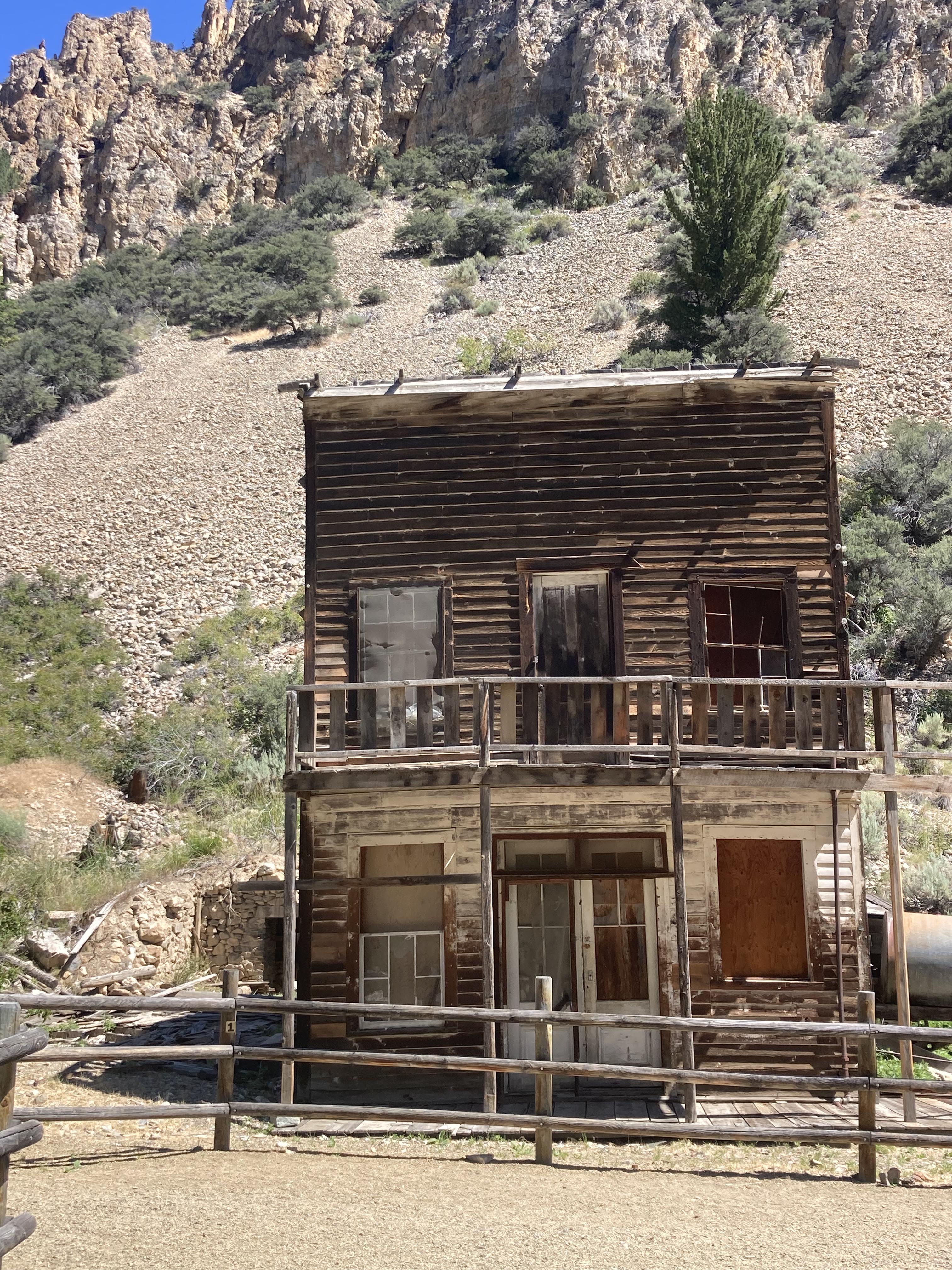Ghost Towns
Contact
University of Arkansas System Division of Agriculture
Cooperative Extension Service
2301 S. University Ave.
Little Rock, AR 72204

Ghost Towns
I have driven the 30-mile stretch of Arkansas Route 16 for 50 years, passing through eight little communities by the time I head south on the Pig Trail to pick up the Interstate 40 on my way to Little Rock. Today the signs marking about half of these little crossroad towns are gone, moving them one step closer to official ghost town status.
All organisms consume resources, using them to grow and reproduce. We humans are no different. Three or four generations back, the Arkansas Ozarks was mostly an agricultural-based society where most people lived on small farms, grew their own food and sold enough to get by. In horse and buggy days, close town spacing made sense because rural farmers could make a trip to the store and get home before dark. This string of little towns scattered along Route 16 from Fayetteville to Pettigrew is a whisper from the past, reminding us that change is a constant part of our world.
In an extractive economy, outsiders with capital and knowledge usually move in and go about the job of extracting the wealth from a region. In the western states, most of those old ghost towns were once booming mining towns that lasted only as long as the ore held out. In the Ozarks, the wealth was in the old-growth hardwoods. Getting all that timber out required a railroad.
The Frisco line reached Fayetteville in 1881. To encourage the investment to build the railroads, the companies were given 12,800 acres of land for each mile of track they laid. This land was then sold to prospective settlers who moved into newly accessible territory. A decade later the St. Louis – San Francisco Railway (the Frisco line) started an extension up the White River that reached its terminus in Pettigrew (Madison County) in 1897. Along the way each of these little towns – Baldwin, Elkins, Durham, Crosses, Delaney, Patrick, Combs, St. Paul, Dutton and finally Pettigrew – had their own railway station.
During those early days, each community had its own sawmill or stave mill (for barrels). Pettigrew reached its peak population in about 1900 with almost 1,400 people, a dozen saw and stave mills, two hotels, a new post office and several stores. But the good times were not to last. By the end of World War I, most of the prime timber was gone and the string of towns began the process of “right sizing,” as businessmen like to call it today.
With all that now-barren land cleared of trees, landowners began raising tomatoes. Several tomato canneries appeared. In 1909, Washington County had three canneries; by 1920 there were 15. By 1947 there were 43, but from that period onward the number declined as tomato production for canning became increasingly mechanized. Chickens and beef cattle followed, neither of which required as much labor as sawmilling or tomato growing, so the communities shrank further.
The shift from the country to the city began in earnest about 1900. The traditional quarter-section farm (160 acres) just couldn’t produce enough income to sustain a large family, especially in the rocky, steep sections of the Ozarks. Washington County had a total population of 34,000 in 1900 with about 12 percent of that number living in Fayetteville. By 2000, the county population had grown to 159,000, with 37 percent living in Fayetteville. And, as anyone who has traveled Route 16 early in the morning knows, many of the residents out in the county head into town each morning for work.
None of these towns are official ghost towns with no inhabitants. Instead, they are described as “unincorporated communities,” a fancy way of saying a small grouping of scattered houses. Ours is still an extractive economy, but today those big corporations extract monthly payments for cars, insurance, mortgage loans and the myriad of other things we must have in this post-agricultural age.
